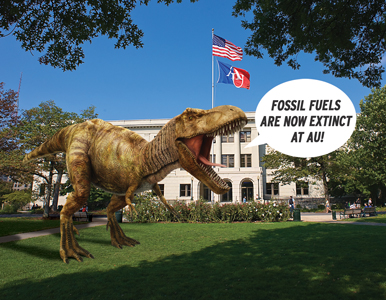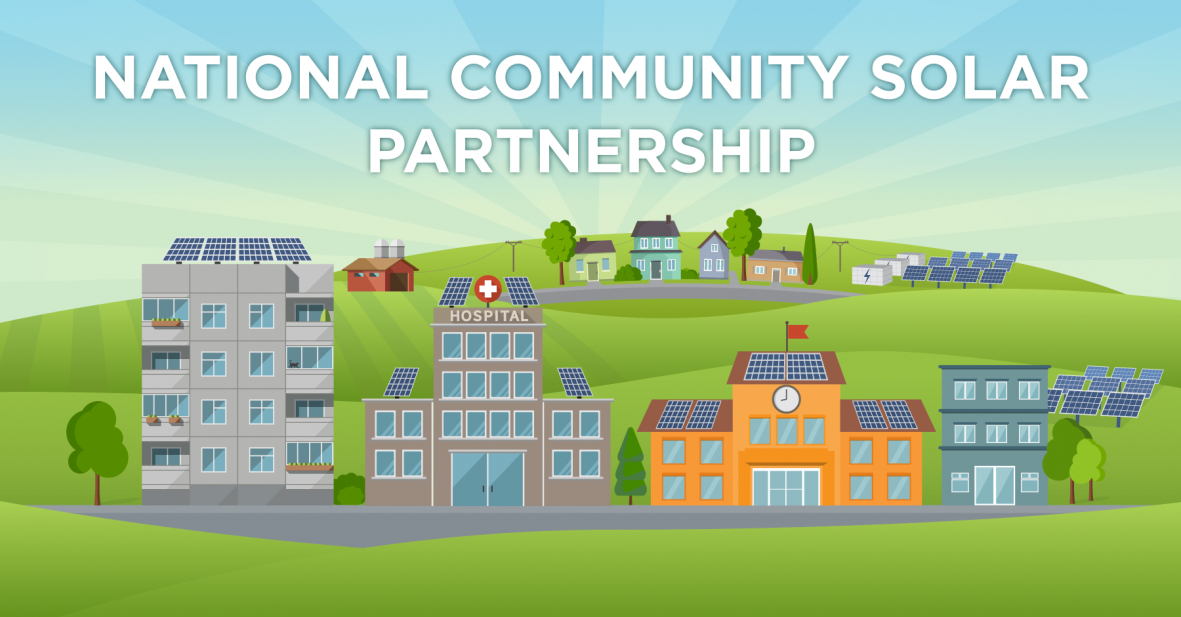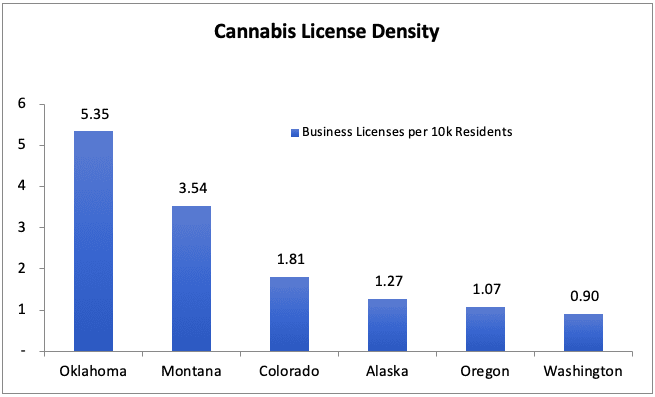Author: Scott Hempling Attorney at Law LLC Published: July 2020 Enery Democracy Initiative
Dear Colleagues,
Readers of my monthly essays know that for the period February 2020 through March 2021, each month’s essay will digest a chapter from my forthcoming book, Regulating Mergers and Acquisitions of Public Utilities: Industry Concentration and Corporate Complication. It seemed right, however, to offer this month a reprint of an essay I wrote several years ago, about utilities’ and regulators’ responsibility to make our industries diverse and nondiscriminatory—not just economically but societally.
We may have all come on different ships, but we’re in the same boat now.
— Rev. Dr. Martin Luther King, Jr. (1929–1968)
* * *
When utility regulators talk about diversity and discrimination, they usually mean fuel types, supplier mix, and transmission access. But it also means societal relations. As our nation becomes more diverse, so do the customers of our regulated utilities. What is a utility’s responsibility to reflect this diversity in its employees and contractors? What is the regulator’s role?
There are many voluntary utility efforts, some encouraged through the admirable Utility Market Access Partnership under the auspices of the National Association of Regulatory Utility Commissioners. But voluntary means voluntary—non-mandatory, if I care enough, when I get around to it, if it doesn’t cost too much. If the goal is to eliminate the gap between utility workforce diversity and societal diversity, “voluntary” isn’t enough. The gap, I’m told, persists. Suppose we made the question tougher: Should diversity be mandatory? Should a utility franchise—a government-granted, government-protected, government-supported right to operate a profitable business free of competition—include an obligation to create a diverse work force and contractor base? And an even tougher question: Does that obligation exist already? Does a commission’s traditional legal authority include any authority to mandate particular efforts or results?
Thirty-six years ago, the U.S. Supreme Court examined a toenail on this question—answering it mostly negatively. The National Association for the Advancement of Colored People (the “NAACP”) had asked the Federal Power Commission (“FPC,” FERC’s predecessor) to issue a rule prohibiting utilities from discriminating against their employees based on race. Their proposed rule would have required the Commission to “(a) enumerate unlawful employment practices; (b) require regulatees to establish a written program for equal employment opportunity, which would be filed with the Commission; and (c) provide for individual employees to file discrimination complaints directly with the Commission” (as summarized in Chief Justice Burger’s concurring opinion).
Citing the Federal Power Act and Natural Gas Act, the NAACP argued that (a) the FPC’s substantive statutes declare the businesses of selling electricity and natural gas to be “affected with a public interest,” and (b) racial discrimination by utilities conflicts with the public interest. The FPC therefore was both authorized and obligated to bar racial discrimination by its licensees.
The FPC rejected the request, saying, in effect, “Not our department.” Both the Court of Appeals and the U.S. Supreme Court upheld the FPC. As the Supreme Court explained:
“[T]he use of the words ‘public interest’ in a regulatory statute is not a broad license to promote the general public welfare. Rather, the words take meaning from the purposes of the regulatory legislation. … [T]he principal purpose of those Acts was to encourage the orderly development of plentiful supplies of electricity and natural gas at reasonable prices. … The use of the words “public interest” in the Gas and Power Acts is not a directive to the Commission to seek to eradicate discrimination, but, rather, is a charge to promote the orderly production of plentiful supplies of electric energy and natural gas at just and reasonable rates.”
National Association for the Advancement of Colored People v. Federal Power Commission, 425 U.S. 662 (1976). Sympathetic to the Petitioners’ purpose, the Court stressed that if a utility’s discriminatory practices triggered fines, backpay awards, litigation fees, or “illegal, duplicative[,] or unnecessary labor costs,” the Commission should disallow them when setting “just and reasonable” rates. Those actions fell within the agency’s domain; regulating employment practices did not.
Are diversity-promoters limited to voluntarism, or does the decision leave room for mandates? (Technically the opinion binds only FERC, but its reasoning could resonate with any regulatory statute. We need some workarounds.) Here are some thoughts:
1. Assume a state commission finds that a utility’s hiring or subcontracting practices discriminate by race, ethnicity, sex, national origin, sexual orientation, or age. Could the commission find that this discrimination reduces the utility’s responsiveness to the public? Or that it inflates the utility’s cost structure because its employee and contractor corps was deprived of high-quality people? These findings would require factual investigation, comparisons among workforces, and real cause-and-effect linkages between workplace discrimination and utility performance. But an affirmative answer is plausible. Armed with these factual findings, a commission could solve two legal problems left unaddressed by the NAACP opinion. First, the commission would not be exercising some “broad license to promote the general public welfare”; it would be carrying out its core purpose: policing the operational and cost performance of public utilities, and setting rates accordingly. Second, the commission would have rooted its decisions in factual findings rather than in a general desire to improve society. Remember that courts defer to factual findings when based on substantial evidence.
2. Having found utility performance impaired by discrimination, what steps could the commission take? Could it disallow costs deemed excessive due to the discrimination? Impose penalties for the performance shortfall? Condition the utility’s continued franchise right on immediate actions to solve the problem? Revoke the franchise in favor of a company less likely to discriminate? If the commission linked these consequences factually and reasonably to the forbidden activities, and linked the activities to performance shortfalls, would the commission be safe from legal challenge? Better yet—might the possibility of financial consequences spur more “voluntary” efforts, so that the gap would close more quickly? And having found an indisputable link between discrimination and performance, could the commission now require the utility to take specific actions aimed at eliminating the discrimination, such as active recruiting, training human resource staff and supervisors, implementing whistleblower processes, and employing other practices used by model companies?
By basing the regulator’s actions on utility performance rather than some “broad license to promote the general public welfare,” we may have created some space for a commission mandate.
I admit that this approach could generate backlash from those wishing to cite Chief Justice Burger’s concurring opinion (somewhat sourpussy, in my view) to the effect that the alleged costs of some types of discrimination “could not be quantified without resort to wholly speculative assumptions that would be unacceptable for ratemaking purposes. It would be quite impossible, for example, to measure or determine with any exactitude ‘the costs of inefficiency among minority employees demoralized by discriminatory barriers to their fair treatment or promotion.’ Nor is it likely that ‘the costs of strikes, demonstrations, and boycotts aimed against [a utility] because of employment discrimination’ … could ever be determined with sufficient reliability. … [I]t would not be in the public interest to allow intervenors to delay the orderly progress of rate proceedings in the vain hope that such costs might, after protracted litigation, be quantified.'”
3. If we know that racial discrimination can cause utility inefficiency, what bars a commission from acting affirmatively to prevent it? Rather than wait for discrimination to occur, make findings, and then impose penalties, could a commission require all utilities (not only utilities accused of discrimination) to (a) report periodically on their hiring and promotion practices and results, (b) explain any lack of progress, and/or (c) institute best practices as determined by the commission? If these requirements are linked to operational performance, what could be the legal arguments against them? How would they differ from standards for outages, dropped calls, or water quality?
Unlike running the Girl Scouts or the Red Cross, regulating utility performance is not about asking for volunteers. Effective regulators mandate quality standards and base compensation on performance. We do it for outages, dropped calls, and water quality. As long as we link it to performance, we can do the same for diversity.













